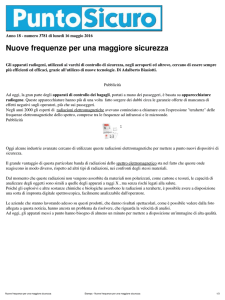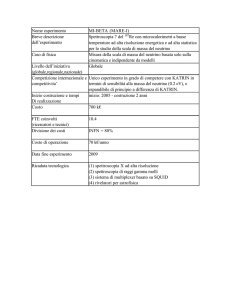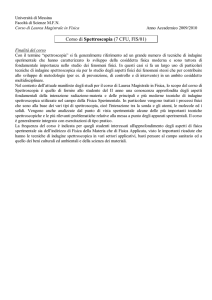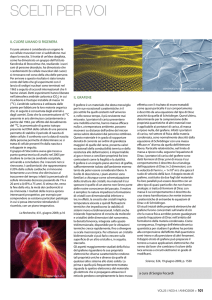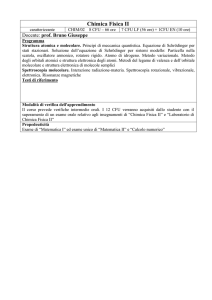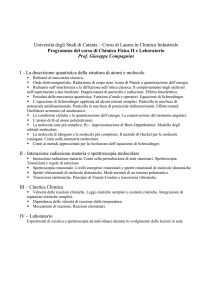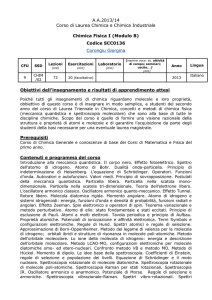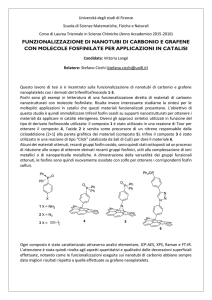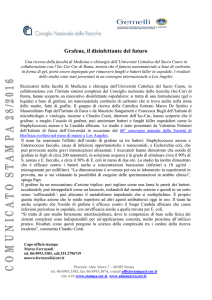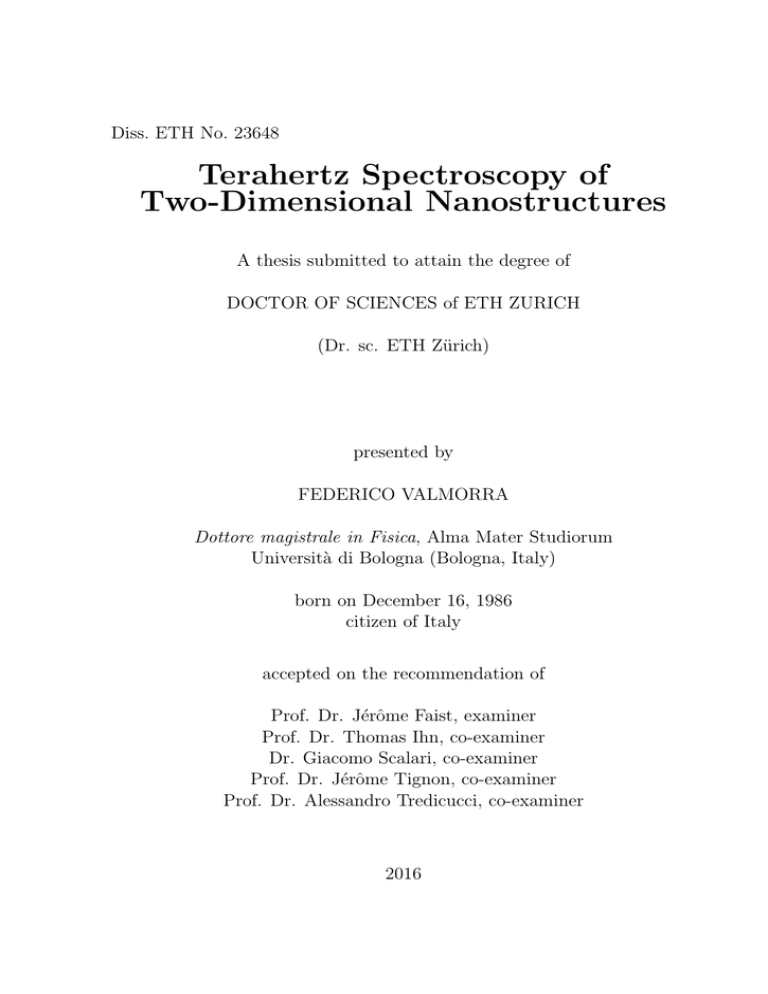
Diss. ETH No. 23648
Terahertz Spectroscopy of
Two-Dimensional Nanostructures
A thesis submitted to attain the degree of
DOCTOR OF SCIENCES of ETH ZURICH
(Dr. sc. ETH Zürich)
presented by
FEDERICO VALMORRA
Dottore magistrale in Fisica, Alma Mater Studiorum
Università di Bologna (Bologna, Italy)
born on December 16, 1986
citizen of Italy
accepted on the recommendation of
Prof. Dr. Jérôme Faist, examiner
Prof. Dr. Thomas Ihn, co-examiner
Dr. Giacomo Scalari, co-examiner
Prof. Dr. Jérôme Tignon, co-examiner
Prof. Dr. Alessandro Tredicucci, co-examiner
2016
Summary
The terahertz energy range is delimited, on the low energy side, by high-frequency
electronics and, on the high energy side, by long-wavelength optics and photonics. The
THz-range then inherits specific features form both sides, making it very appealing for
optoelectronics, science and technology.
This thesis deals with the spectroscopical investigation of several opto-electronical
systems in the THz-frequency range. In particular, light-matter interaction is their common denominator. The different systems encompass electronic transitions, like inter(sub-)band or Landau-level transitions in two-dimensional electron systems, and/or THzcavities, like plasmonic waveguides or THz-split-ring resonators. The present work can
be thus read following different paths.
From the point of view of basic physics, ultra-strong light-matter coupling is the main
one. This relatively new regime of interaction has already been demonstrated in several
different systems. In this thesis, building onto previous work on the ultra-strong coupling
of the cyclotron transition in a GaAs-based 2DEG with THz-resonators, we enlarge such
platform first towards a transport-based detection. To this aim, we make use of the
phenomenon of microwave-induced resistance oscillations, allowing also the discussion of
specific points of the proposed theories about its still unclear origin. Second, we study the
interaction of graphene with the same THz-metasurface, both with and without magnetic
field. When the latter system is in ultra-strong light-matter coupling, a Dicke phase
transition had been predicted connected to its linear electronic dispersion.
Another important path deals with the spectroscopic investigation of the mentioned
systems. The magneto spectroscopy of electronic transitions in THz-QCLs gives information on the different types of scattering present in the structure. The spectroscopy
of dual metasurfaces coupled in the highly sub-wavelength near-field requires instead the
discussion of optical complementarity and Babinet’s principle from different angles. The
spectroscopy of THz-resonators onto graphene provides more insights onto the modelling
of the resonator itself.
Finally, from the point of view of optoelectronic devices, the magneto-spectroscopy of
iii
THz-QCLs aims at providing additional information on the long-time issue of their maximum operating temperature, while graphene-based samples performed well as amplitude
modulators of THz-radiation.
Sommario
L’intervallo di energie denominato “terahertz” è racchiuso, a basse energie, dall’elettronica ad alta frequenza, e, ad alte energie, dall’ottica e dalla fotonica a grande lunghezza
d’onda. Per tal motivo, diverse caratteristiche dei due estremi precedenti confluiscono
nella fisica del terahertz, rendendola molto interessante per l’opto-elettronica, e per la
scienza e la tecnologia in generale.
Questo lavoro di tesi tratta dello studio spettroscopico di diversi sistemi opto-elettronici
a frequenza terahertz. In particolare, l’interazione luce-materia è il loro comun denominatore. I diversi sistemi comprendono transizioni elettroniche, ad esempio transizioni
inter-(sotto-)banda o tra livelli di Landau in gas di elettroni bidimensionali, e/o cavitá
terahertz, come guide d’onda plasmoniche o risonatori a base di metamateriali. Il presente
manoscritto si appresta perció ad essere letto seguendo diversi percorsi.
Dal punto di vista della fisica di base, il percorso di lettura principale segue l’accoppiamento ultra-forte tra radiazione e materia. Questo regime di interazione é relativamente
nuovo ed é stato dimostrato in un certo numero di sistemi differenti. Questa tesi si
fonda su lavori precedenti sull’accoppiamento ultra-forte tra la transizione di ciclotrone
in gas di elettroni bidimensionali in GaAs con resonatori terahertz per ampliare il campo,
prima di tutto in direzione della spettroscopia basata sul trasporto elettronico. A tal fine,
verrá usato il fenomeno denominato “oscillazioni di resistenza indotte da microonde”: le
misure effettuate permetteranno anche la discussione di specifici problemi riguardo alla
sua origine, ancora non chiara. Successivamente, la stessa metasuperficie di risonatori
terahertz verrá studiata in interazione col grafene, sia in assenza sia in presenza di campo
magnetico. Quando tale sistema entra nel regime di accoppiamento ultra-forte, ci si
aspetta una transizione di fase di Dicke dovuta alla dispersione elettronica lineare del
grafene.
Un altro percorso significativo segue lo studio spettroscopico dei sistemi menzionati.
La spettroscopia in campo magnetico delle transizioni elettroniche nei laser terahertz a
cascata quantica da informazioni sui diversi tipi di diffusione elettronica presenti nelle
strutture. La spettroscopia di metasuperfici duali, interagenti nel campo prossimo a disv
tanze molto più piccole della lunghezza d’onda, necessita e permette invece la discussione
della complementarietà ottica e del principio di Babinet da diverse prospettive. La spettroscopia dei risonatori terahertz realizzati sul grafene fornisce informazioni sul miglior
modo per modellizzare i risonatori stessi.
Infine, dal punto di vista dei dispositivi opto-elettronici, la spettroscopia in campo
magnetico dei laser terahertz a cascata quantica punta a fornire informazioni per affrontare
il problema persistente della massima temperatura di lavoro dei dispositivi. Invece, i
dispositivi a base di grafene danno ottimi risultati in termini di modulatori d’ampiezza di
radiazione terahertz.

